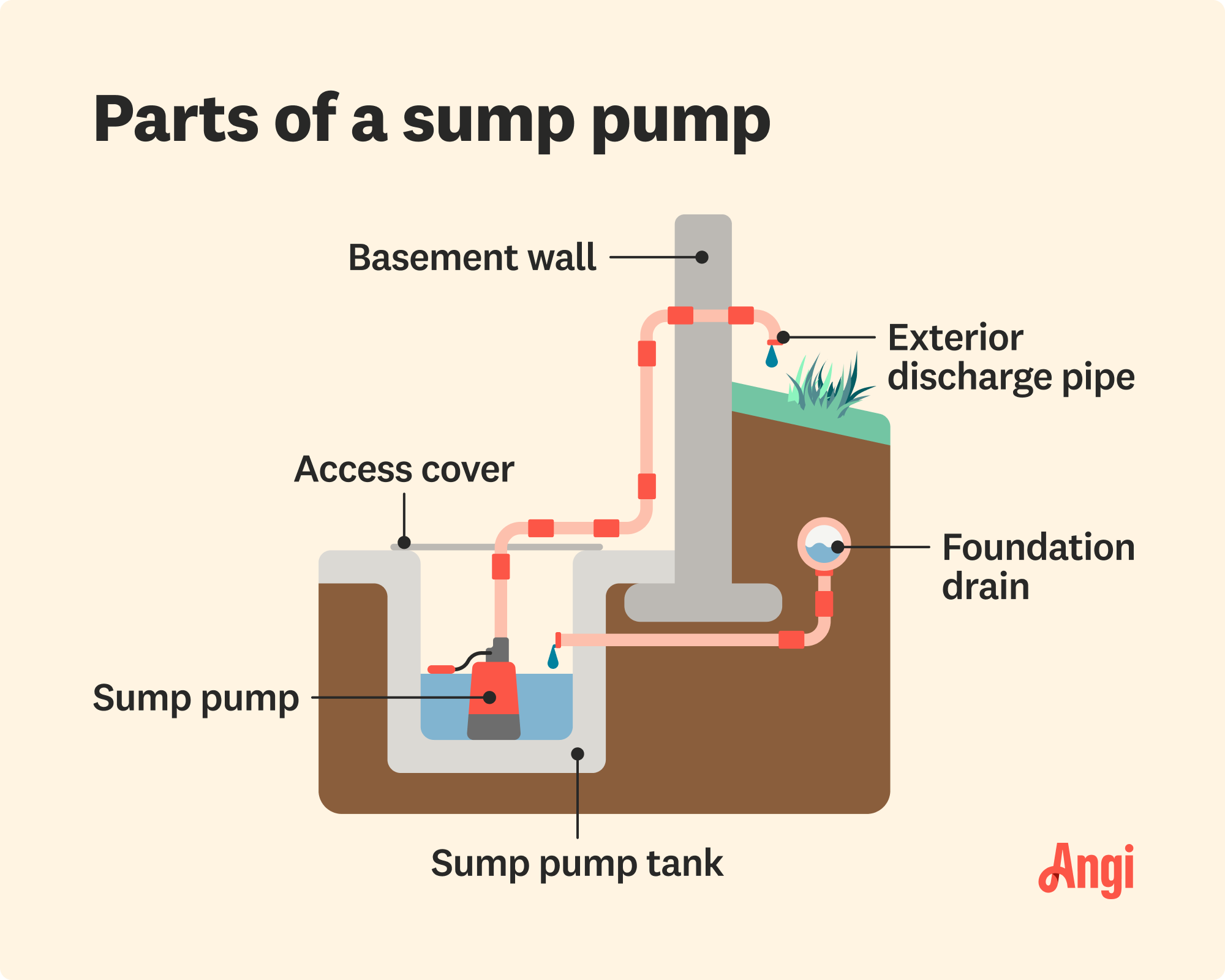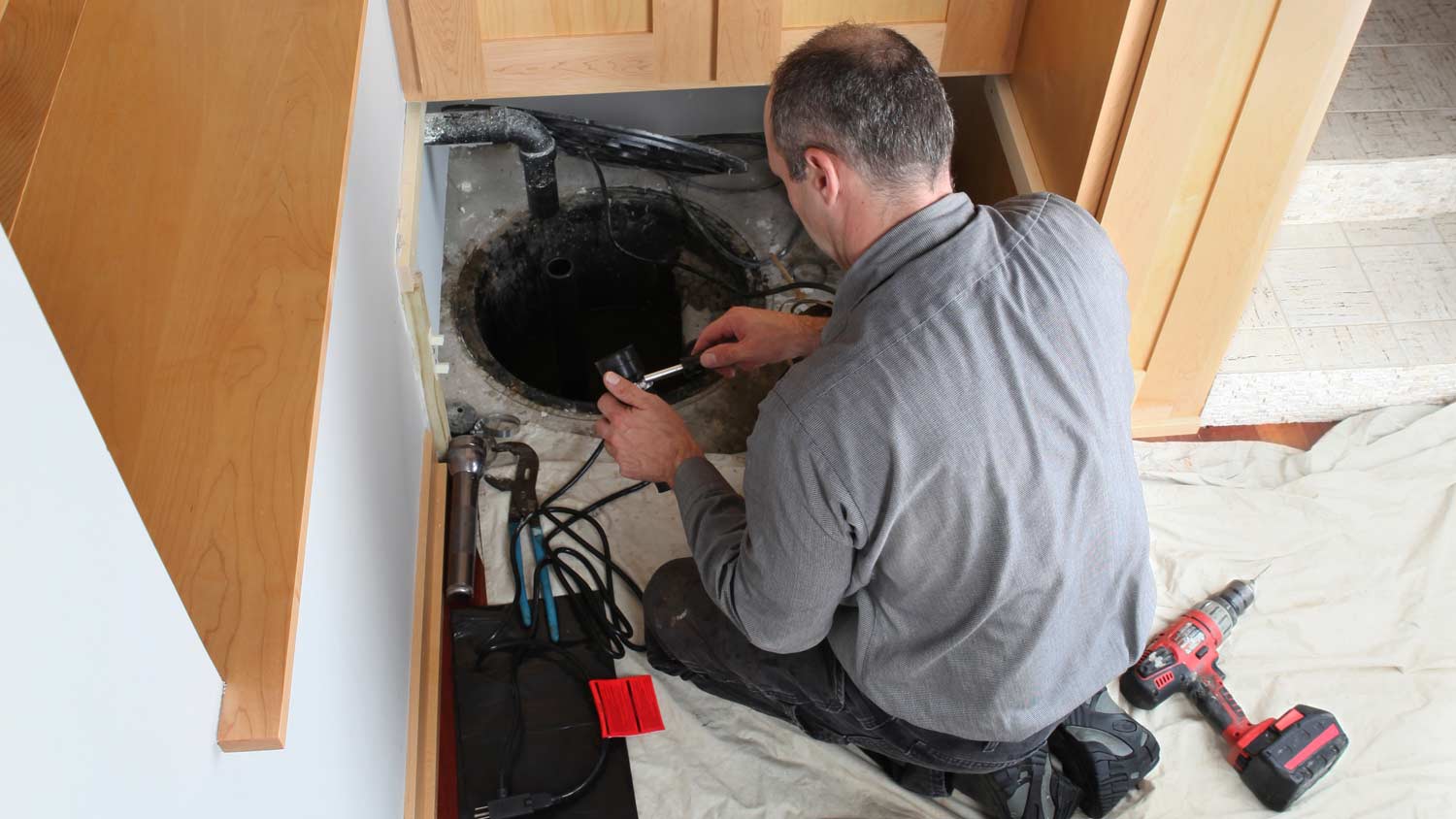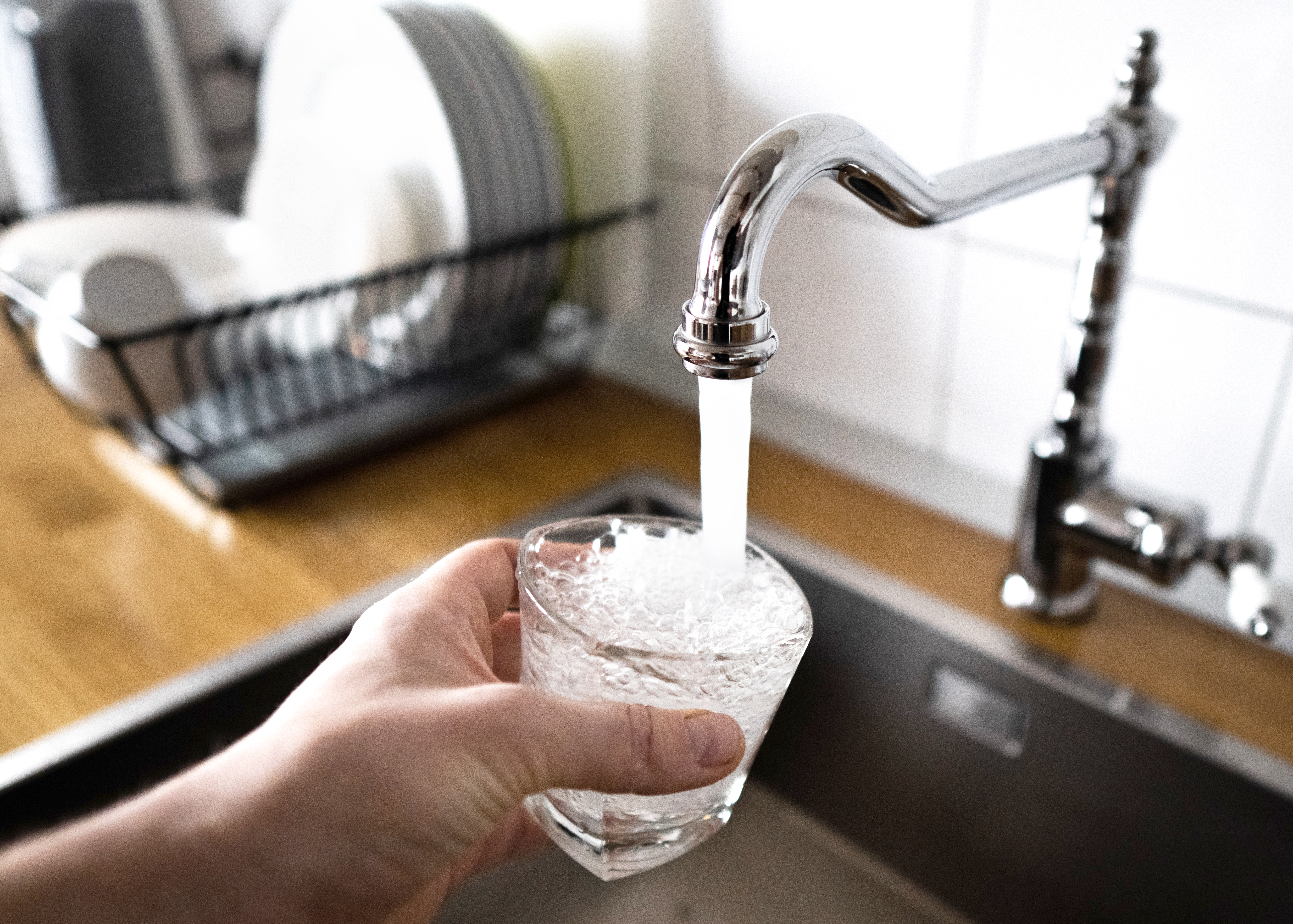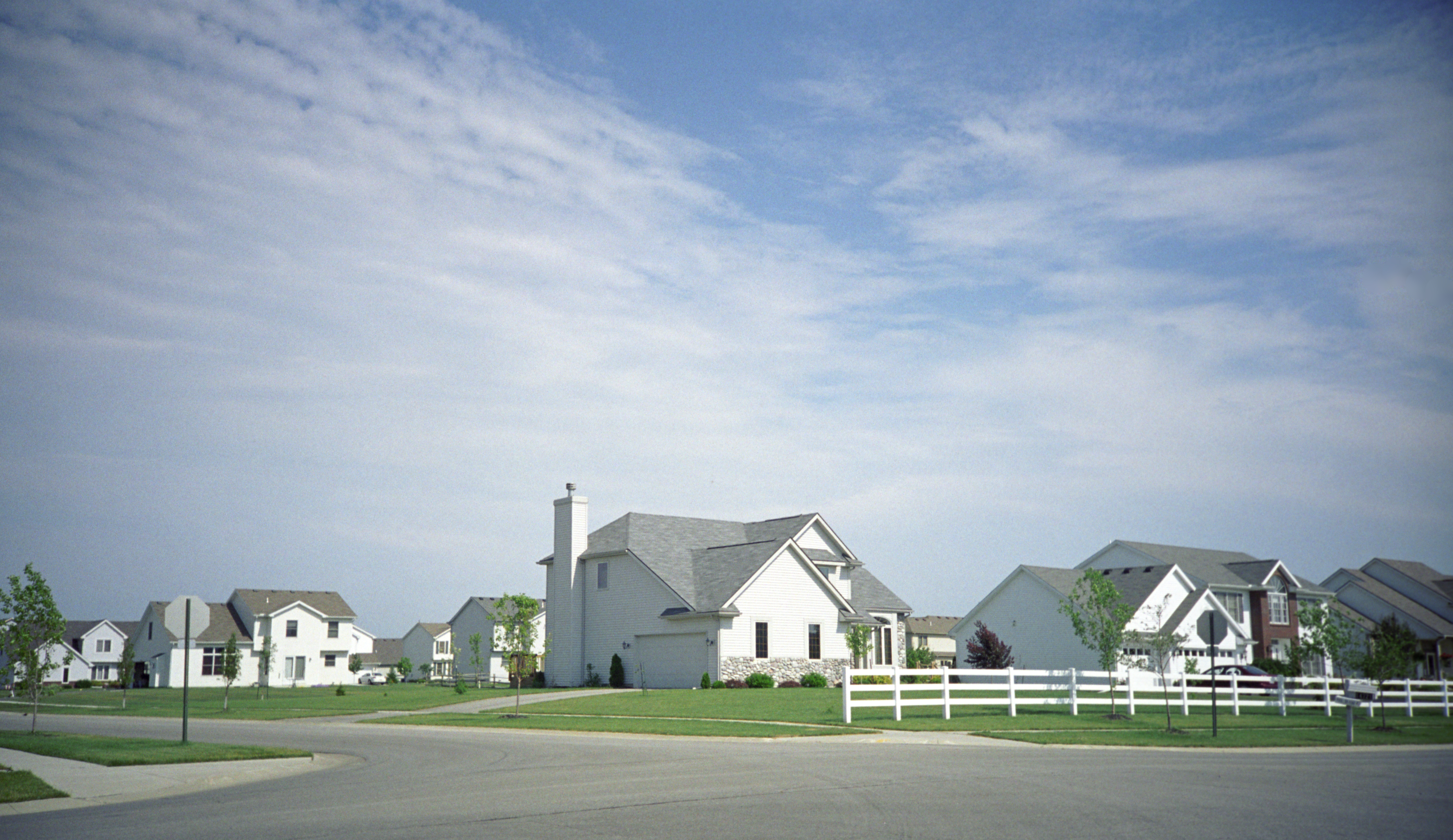
Learn how much plumbers cost in Columbus, Ohio. Discover pricing for faucet repairs, pipe work, and emergency services, plus how you can save money.
You should call a plumber to install your new sump pump


Installing a sump pump can seem like a simple project to DIY on the surface, but one wrong move could have costly ramifications. Hiring a plumber is the best way to protect your home’s foundation and basement from an underwater catastrophe, but you do have options. We’ve rounded up what you need to know about who installs sump pumps to help you get started on your project.
Most sump pump installers are professional plumbing contractors who specialize in installing sump pumps. When you choose to work with a sump pump installer near you, you’ll benefit in several ways. A licensed plumber:
Has the skills to prevent leaks from happening
Can help prevent property damage from poorly installed sump pumps
Knows the ins and outs of sizing your sump pump
Strategically plans the location of a sump pump so that it most protects your home
Offers other services that go hand-in-hand with sump pump installations, like foundation repairs, leak repairs, vapor barriers, appliance installations, crawl space encapsulation, and more
May offer additional services at a lower rate if you’re already working with them
Most plumbers charge between $45 and $200 per hour for their services, and it takes roughly two to four hours to install a sump pump, putting your total labor costs at $90 to $400. But the cost could be well with the peace of mind that comes with a sound installation.

Simple sump pump installations can be DIYed if you have some idea on how to install a sump pump. Installing a sump pump yourself can save you on the cost of a professional sump pump installation. Your average sump pump installation cost falls between $1,200 to $2,500 if you decide to work with a local sump pump installer. If you install one yourself, you’ll spend somewhere between $100 and $500, which can be an enticing incentive for avid DIYers.
At the same time, not all sump pump installations are so straightforward—in fact, they can be quite difficult to install, and you definitely don’t want to mess up this type of installation with your foundation and basement’s structural integrity on the line. You need to know where to install the sump pump, what size motor you need, the best type of sump pump for the job, and how to install the sump pump correctly to make use of these savings.
If you're unsure about any part of the installation process, you could pay big-time in basement water damage restoration costs—anywhere from $1,300 to $6,100 to be precise.
For this reason, many homeowners prefer the added security that comes with hiring a licensed plumber to do the job. Your plumber will have the skills to install your sump pump correctly the first time around. They may also offer a generous workmanship warranty that protects your home from any damage related to the installation. Be sure to ask any installation company about warranties that they offer to be on the safe side.

Not all homeowners go with a plumber for their sump pump installation. Others opt for a local basement waterproofing company for this type of project. Basement waterproofers also have the experience needed to install a sump pump, as sump pumps are most often used to prevent water from damaging basements. You might choose to work with a waterproofing company to complete the job if you have other basement-related projects in mind.
Your plumber can take several steps to install a sump pump. Below is a general idea of how that process works, but always ask your pro how they go about the installation to get a complete picture of what to expect.
First, your pro will contact the local building code office to ensure that you don’t need a permit. If you do need a permit, they’ll work with the department to acquire the necessary permits before getting the green light.
If you’re installing a sump pump for the first time, it’s important to have a dedicated circuit breaker in place—don’t use an extension cord, as this can pose an electrical hazard.
If you have an existing sump pump, your pro must remove it first. To do so, they’ll crank off the power, disconnect the old sump pump, and dispose of the pump.
For a new sump pump installation, your plumber or basement waterproofer will follow the instructions provided with the sump pump you selected. These steps will generally go as follows:
Choose a location.
Dig a hole.
Insert the sump pump.
Protect the base from clogs using filter fabric.
Cover the pump with gravel and a paver.
Run the necessary pipes.
Plug in the sump pump.
Cover the hole with concrete.
From average costs to expert advice, get all the answers you need to get your job done.

Learn how much plumbers cost in Columbus, Ohio. Discover pricing for faucet repairs, pipe work, and emergency services, plus how you can save money.

Learn about main water line repair costs in Columbus and what affects pricing to be prepared before you start getting estimates.

Discover the leading factors affecting your main water line replacement cost in Columbus, including length, material selection, and installation details.

If you're concerned about the water quality at your home, it may be time to install a water purification system. Different types of water purification can offer different benefits for removing debris, particles, dirt, bacteria, and viruses from your water.

Copper is prone to leaks from corrosion, particularly pinhole leaks. This guide will show you how to fix a copper pipe leak in seven different ways.

Learn how to cut PVC pipe with ease and efficiency. Our guide will show you how to tackle your PVC pipe project like a pro.